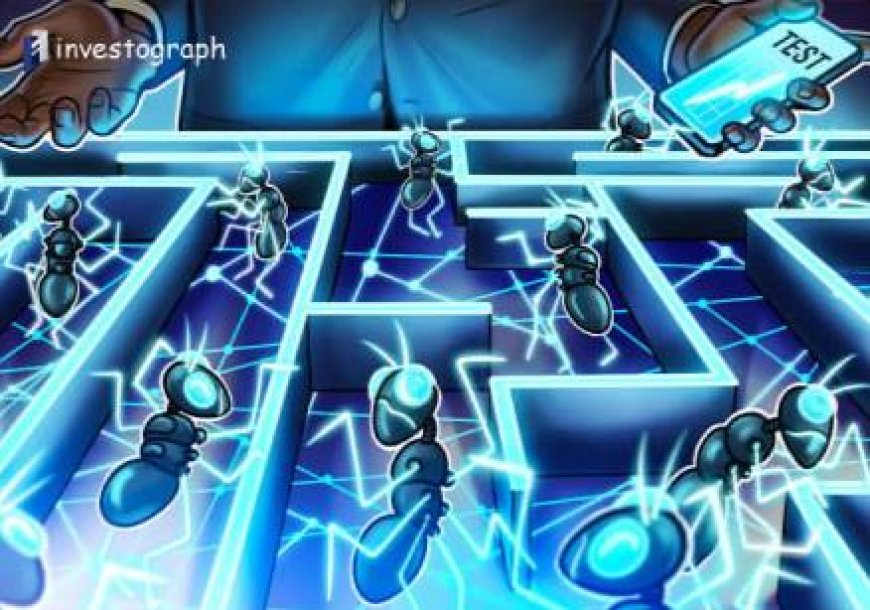OKX introduces an Ethereum layer-2 testnet utilizing the Zero-Knowledge (ZK) based Polygon Commit Chain Development Kit (CDK).
The "X1" network will integrate into the Polygon ecosystem, employing zero-knowledge proofs to facilitate the bridging of assets from Ethereum.

Crypto exchange OKX has initiated the testing phase for its forthcoming Ethereum layer-2 network named "X1," as per an announcement on November 14. Developed using the Polygon chain development kit (CDK), the network will leverage zero-knowledge proofs for validating deposits and withdrawals between layers.
 OKX exchange interface. Source: OKX
OKX exchange interface. Source: OKX
OKX, ranking as the sixth-largest centralized crypto exchange by volume with a daily trading volume exceeding $1.8 billion, has introduced X1 as part of the broader Polygon ecosystem. The testnet utilizes the Polygon CDK, connecting with other networks within the Polygon ecosystem, including Polygon zero-knowledge Ethereum Virtual Machine, Polygon PoS, Near, Manta Pacific, among others. Once the mainnet version is launched, OKB, OKX's native token with a market cap surpassing $3.6 billion, will serve as the native coin for gas fees on the X1 network.
The development of X1 positions OKX as a significant contributor to the Polygon CDK software, with plans to allocate substantial engineering resources to enhance Ethereum scaling solutions. Jason Lau, Chief Innovation Officer at OKX, emphasized that X1 will play a crucial role in their efforts to educate and onboard users into the Web3 space. Lau highlighted the network's scalability and accessibility for developers, enabling the creation of user-friendly Web3 applications while maintaining interoperability with other networks and ecosystems.
It's worth noting that OKX has previously introduced OKT Chain, an Ethereum sidechain utilizing OKB as its native coin. Similar to other exchanges like Binance and Coinbase, OKX is building its own network to address scalability and interoperability challenges within the blockchain space.







